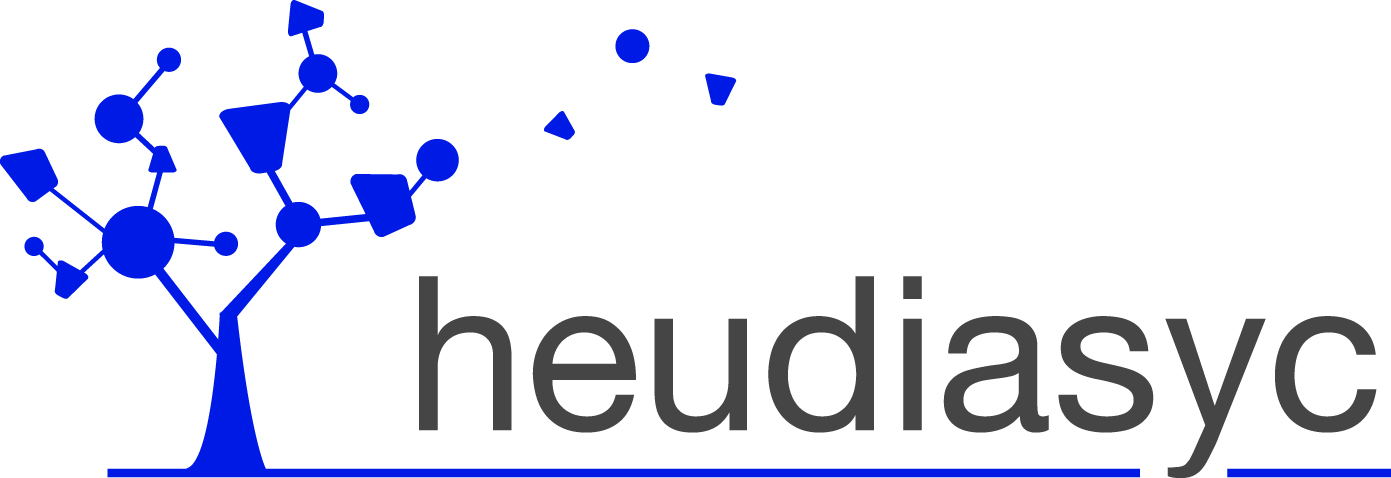Explications et caractérisation de décisions équitables
Résumé
Ordered weighted averaging (OWA) functions, a.k.a. Generalised Gini Index, are routinely used to obtain fair solutions. However, while they ensure some level of fairness in the result, two remaining questions are why they recommend a given alternative, and how robust is this recommendation. We bring practical and theoretically grounded solutions to these questions, by providing an explanation engine for robust OWA that consists in a normative transitive chain of self-evident arguments, themselves based on the normative properties of the model. We provide a thorough theoretical study of the engine, showing that it is sound and complete with respect to the model, with a theoretical upper bound on the length of the explanation and a tractable algorithm (even though minimizing the length is NP-hard). We also provide experimental evidence that the engine performs well on synthetic data. Thus, we guarantee that an explanation can always be found, and that reasoning according to the provided scheme always produces a valid statement. Moreover, the explanations allow to probe the normative requirements of the model, so as to allow validation, accountability and recourse, that are key components of trustworthy AI.
Les Ordered weighted averaging (OWA), aussi connues sous le nom Generalised Gini Index, sont régulièrement utilisées pour obtenir des décisions équitables. Cependant, bien qu'elles assurent un certain niveau d'équité dans leurs résultats, deux questions subsistent, pourquoi recommandent-elles une alternative donnée et à quel point cette décision est-elle robuste. Nous apportons des outils pratiques et théorisés pour répondre à ces questions, à l'aide d'un moteur d'explications pour les OWA robustes qui consiste en une chaîne transitive d'arguments normalisés et considérés évidents, eux-même basés sur les propriétés normatives du modèle. À travers une étude théorique du moteur, nous montrons qu'il est correct (sound) et complet par rapport au modèle, et donnons une borne théorique sur la longueur des explications ainsi qu'un algorithme efficace (bien que minimiser la longueur soit NP-difficile). Nous fournissons aussi des éléments montrant que le moteur fonctionne bien sur des données synthétiques. Ainsi, nous garantissons qu'une explication peut toujours être trouvée, et que le raisonnement produit par le moteur explicatif est valide. De plus, ces explications permettent de questionner les fondements du modèle, donc de permettre sa validation et d'établir sa redevabilité, qui sont des composants clés d'une IA de confiance.
Domaines
Informatique [cs]| Origine | Fichiers produits par l'(les) auteur(s) |
|---|---|
| licence |



